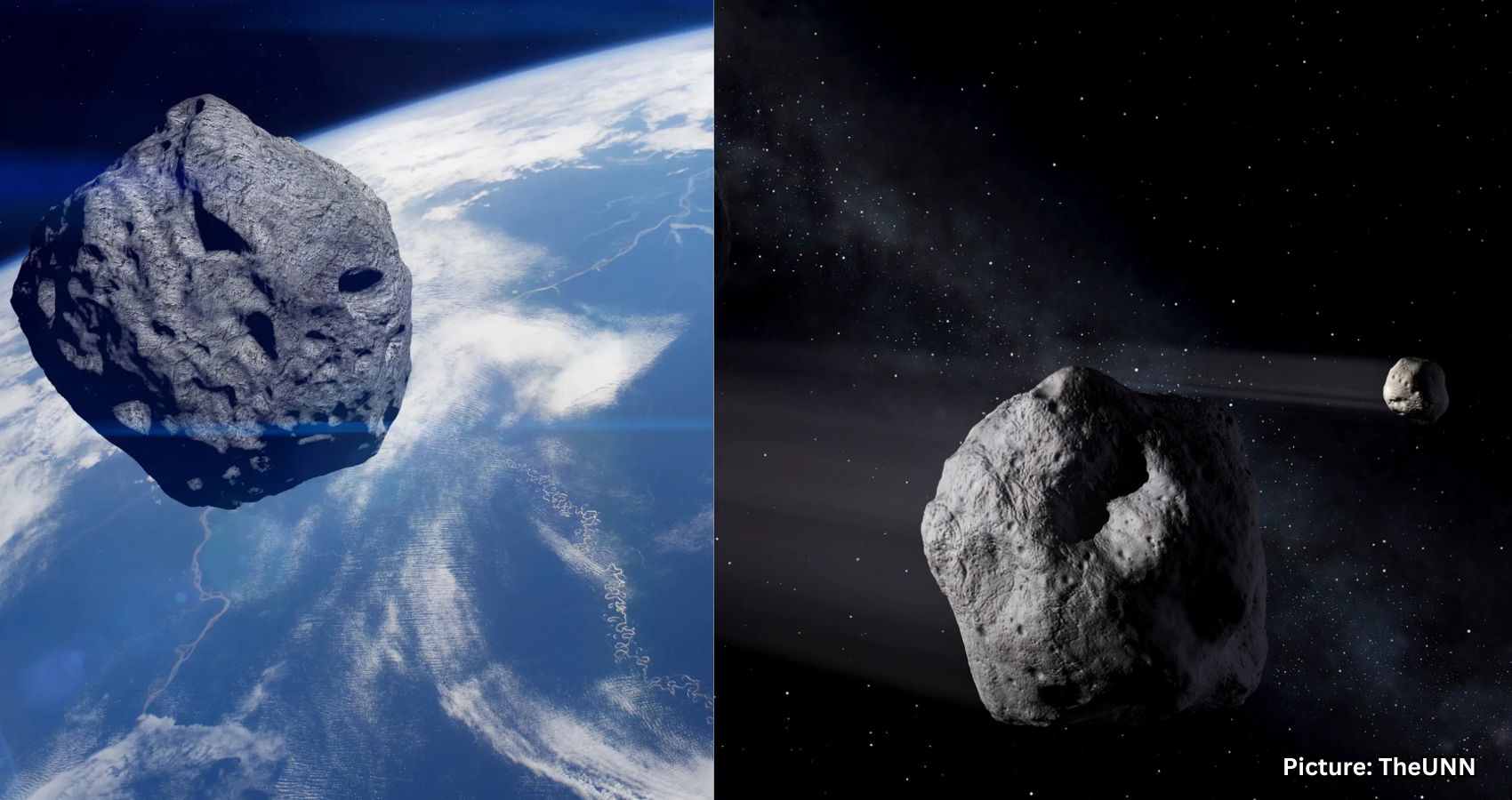Earth is set to part ways with a “mini moon” asteroid that has been orbiting the planet for the past two months, with a return visit scheduled for 2055.
Earth is bidding farewell to an asteroid that has been acting as a “mini moon” for the past two months. This harmless space rock is set to drift away on Monday, pulled by the stronger gravitational force of the sun.
However, the asteroid, designated 2024 PT5, will make a brief return visit in January. NASA plans to utilize a radar antenna to observe the 33-foot asteroid during this time, which will help deepen scientists’ understanding of this intriguing object. It is believed that 2024 PT5 may be a boulder that was ejected from the moon due to an impact from a larger asteroid.
While not classified as a true moon—NASA emphasizes that it was never fully captured by Earth’s gravity—it is still considered “an interesting object” worthy of further study. The asteroid was first identified by astrophysicist brothers Raul and Carlos de la Fuente Marcos from Complutense University of Madrid, who have conducted hundreds of observations in collaboration with telescopes located in the Canary Islands.
Currently, the asteroid is more than 2 million miles away from Earth, making it too small and faint to be observed without a powerful telescope. In January, it will pass as close as 1.1 million miles from Earth, maintaining a safe distance before continuing its journey deeper into the solar system. It is not expected to return until 2055, when it will be nearly five times farther away than the moon.
The asteroid was first spotted in August and began its semi-orbit around Earth in late September, following a horseshoe-shaped path after coming under the influence of Earth’s gravity. By the time it returns next year, it will be traveling at more than double its speed from September, making it too fast to linger, according to Raul de la Fuente Marcos.
NASA will track the asteroid for over a week in January using the Goldstone solar system radar antenna, located in California’s Mojave Desert, which is part of the agency’s Deep Space Network. Current data indicates that during its 2055 visit, the sun-orbiting asteroid will once again make a temporary and partial lap around Earth.
Source: Original article

